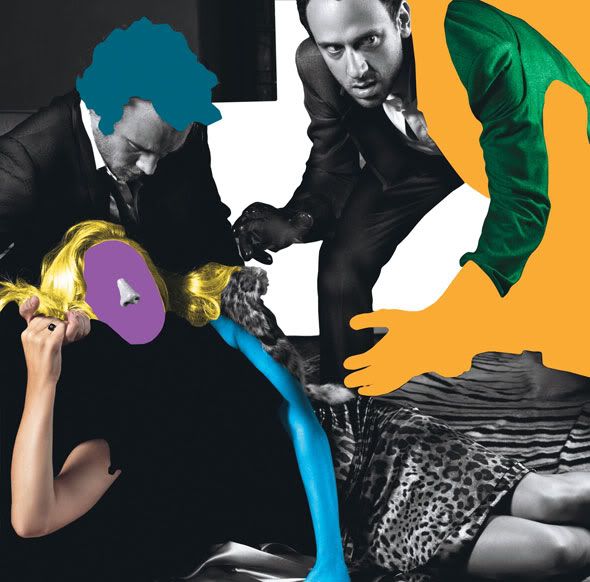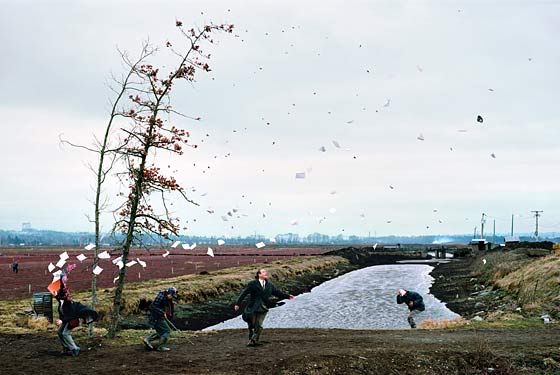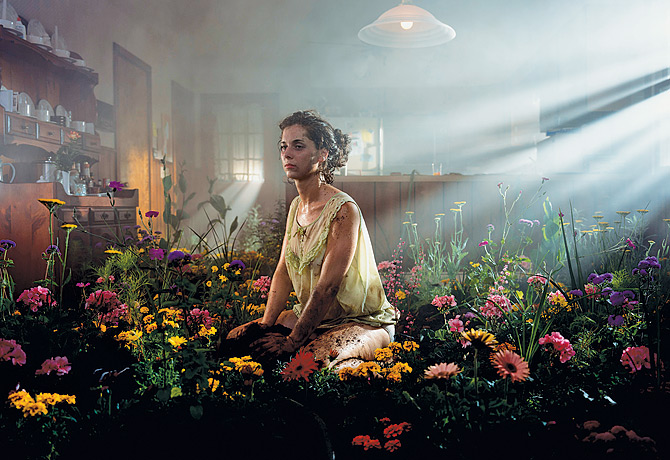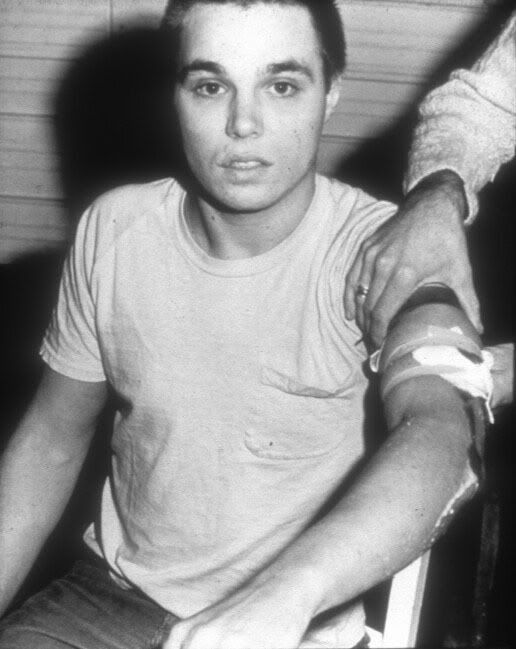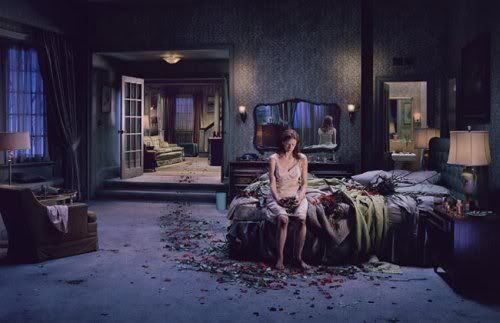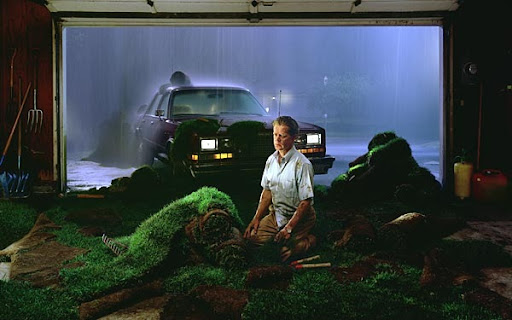
This video was very informative, showing off Jeff Wall's recreations and mimicry, as well as Gregory Crewdson's impressive & expensive "photography", as well as John Baldessari's work.
For me, I chose to respond to Jeff Wall's work, mainly because of something he said in the video. He said that he took no liberties with his imagery and that it was 'true'. And yet, he never shot something at the moment it existed. He re-creates it later as he remembers it, then takes liberties with it to remove someone from it because he thought that even though originally there were 4 people, he felt it looked better with 3.
So at no point was he "true" to the original as he saw it. He saw it, recreated it in his head as he chose to make it, THEN shot the picture with other people to re-enact what he chose.
So, if the original idea behind photography being that what you see is the truth, then looking at his work would mean that what you see is all completely a lie.
My question to the class is, do you feel that Jeff Wall took liberties and was untrue to the original? He seemed to contradict himself several times in the video!






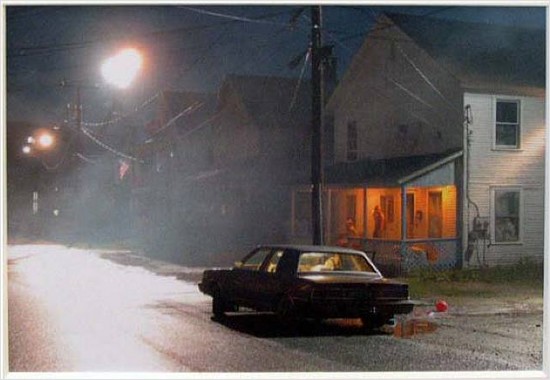
,%20(1993).jpg)
